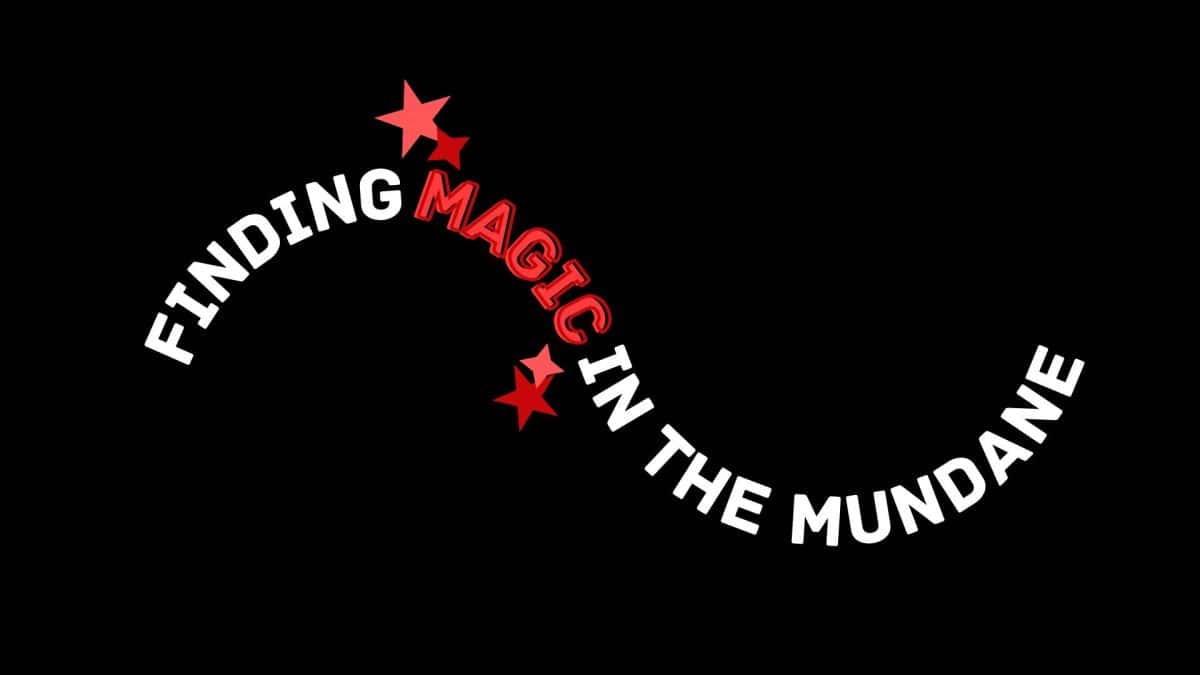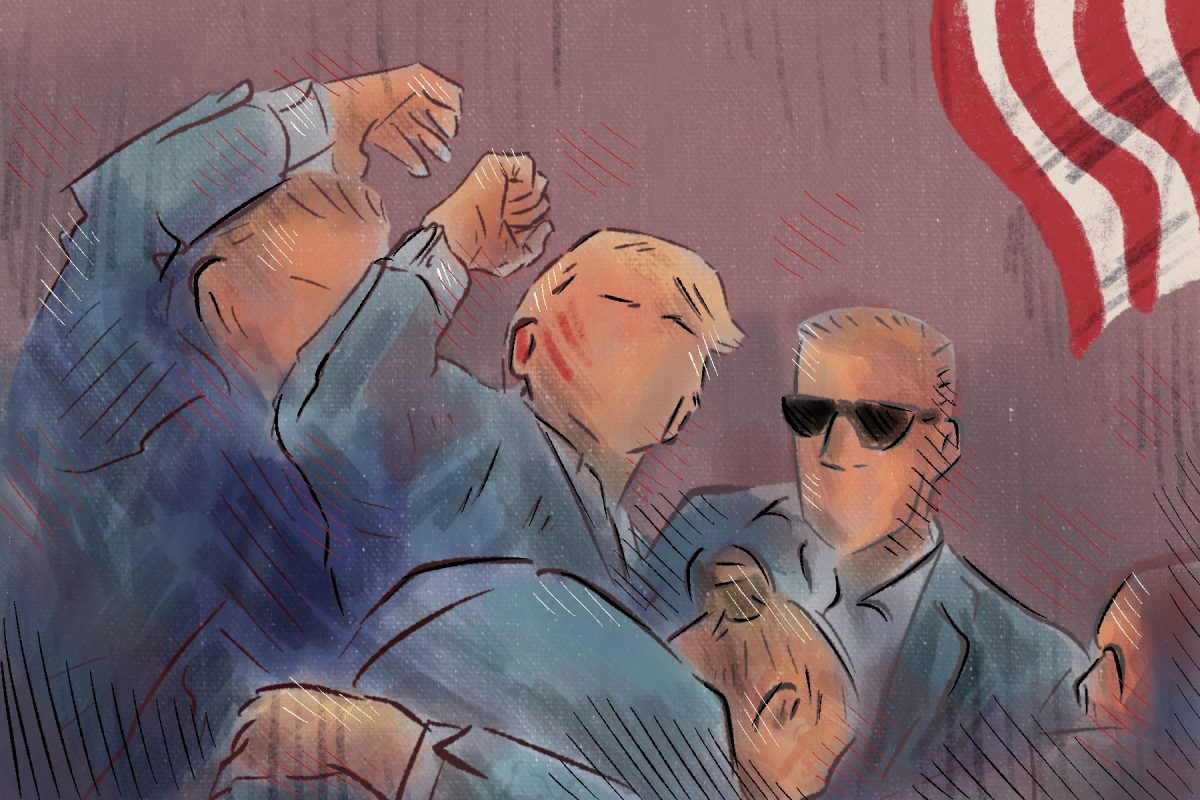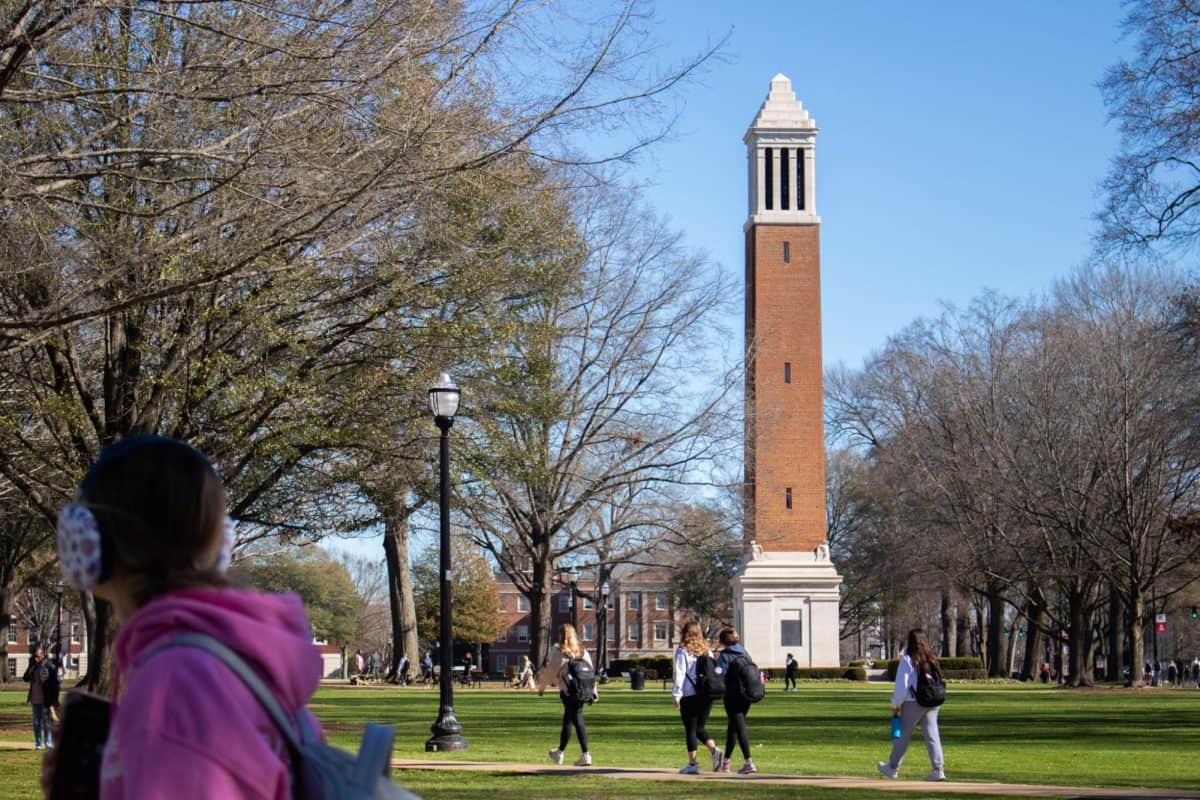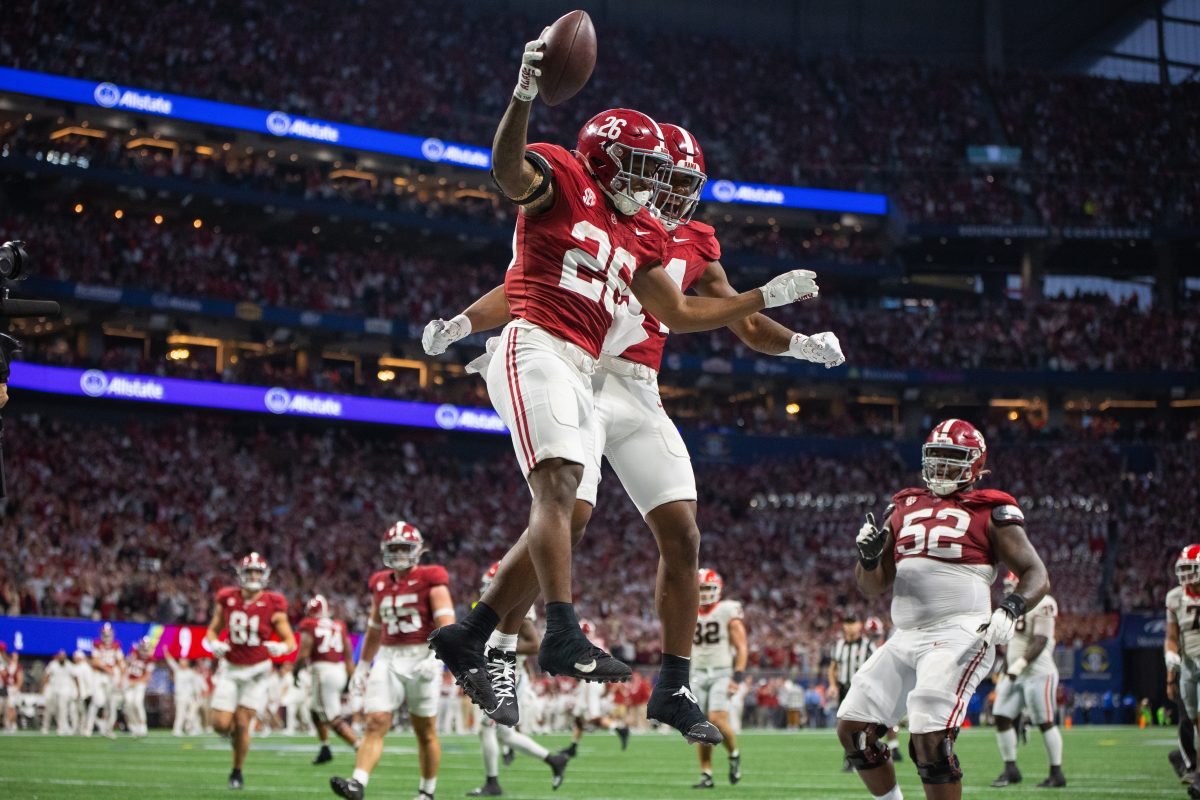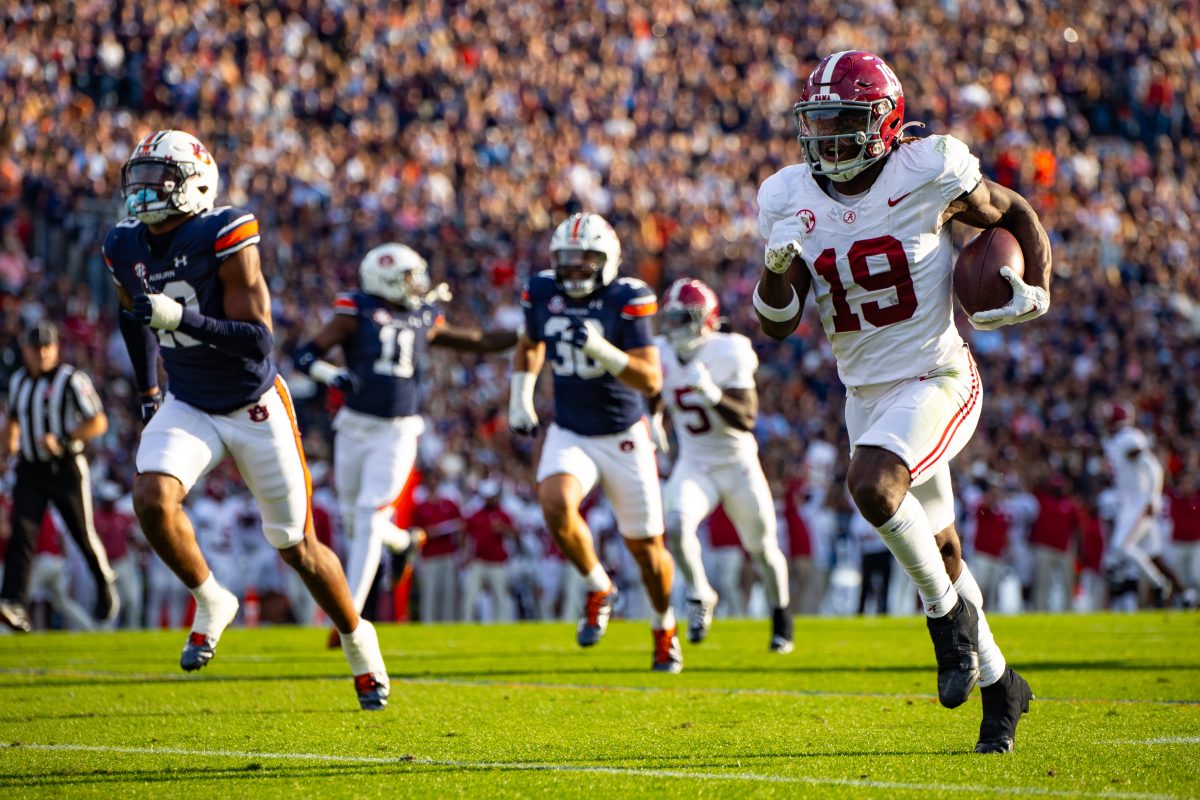Florida State University fans celebrated another close win for the Seminole football team Saturday night. From the outside, it seemed just like any other game day in Tallahassee this season, complete with a last second win over an inferior opponent and even another installment of Jameis Winston controversy.
But if the events on the field were normal, the atmosphere of the campus and stadium was anything but. Fans and even players sported ribbons of garnet and gold and shirts and posters that read “FSU United.” The stickers and signs were the FSU community’s response to the Thursday morning shooting that occurred at the main library on campus, a shooting that injured three students and ended with the gunman’s death after an exchange of gunfire with the police.
You may not have heard much about the shooting after all, only the shooter died, and only three students were wounded, right? The shooting made national news coverage, sure, but by the weekend, the media focus of Florida State had almost completely turned back to football. By Sunday, there wasn’t a single story about the shooting on the main pages for the New York Times’ or USA Today’s websites.
Why should there be more news attention? What’s newsworthy about another school shooting? These mass public shootings have become commonplace in America by this point. In fact, Harvard researchers have found the rate of mass shootings has tripled since 2011. In the last three years, public shootings resulting in at least four deaths have occurred every 64 days on average. An FBI report has also shown an increase in public shootings since 2000.
Trying to count the number of shooting tragedies is like trying to keep track of the number of superhero movies that have come out in the past 10 years. And just like superhero movies, these shootings have become an expectation, an assured reality, for the foreseeable future. So, it’s no surprise we only seem to care about a shooting when a lot of people die. And even then, we care only for a little while. We shake our heads and ask, “What is this world coming to?” We argue and fight over guns and mental health and anything else we can think of, and then nothing happens. Until the next shooting, and we start over again.
It’s easy to ignore the statistics about public shootings and gun violence. It’s easy to distance these news stories as things that happen far away. In fact, that’s usually the most common response from victims or witnesses: “I just never thought it would happen here.” Unfortunately, it can and does happen everywhere. In the last five years these public shootings have happened in California and Texas; in Arizona and New York; in Aurora, Colorado, and Sandy Hook, Connecticut. They’ve happened at elementary schools, high schools and colleges and they’ve happened at malls, movie theaters and military bases.
And yes, it can and has happened here. Two short years ago, 17 people were injured when Nathan Van Wilkins opened fire at the Copper Top Bar with an assault rifle July 16, 2012. No wonder the UA campus shut down when someone calling himself Authur Pendragon promised “retribution” and “chaos.” As a country, we’ve had countless examples of chaos and senseless violence. And when the only difference between 17 people being injured and 17 people being killed is a matter of inches, the only certainty anymore is uncertainty.
You can point to crime rates or mental health statistics, but no one can possibly know when or where the next Sandy Hook or Aurora will happen. We only know that it will. What can a society do when the possibility of violence exists everywhere? We haven’t answered that question yet. Maybe there’s not a good answer to be had. But we all know what happens if we do nothing. We see it happen every 64 days.
Mark Hammontree is a junior majoring in secondary education. His column runs weekly.

